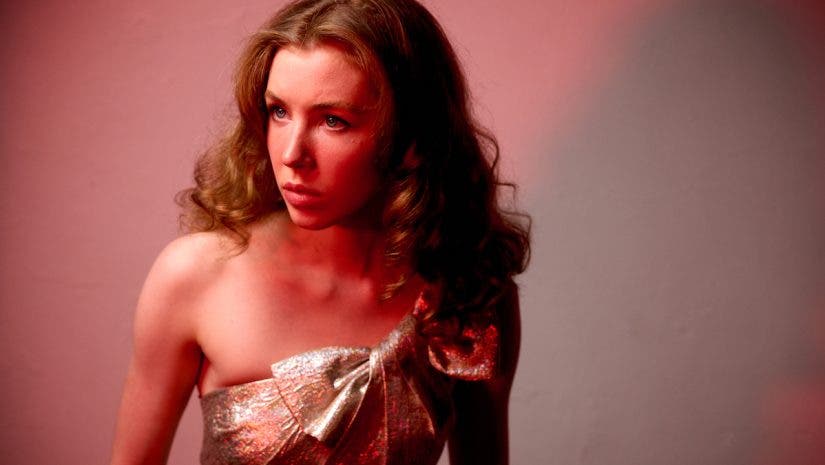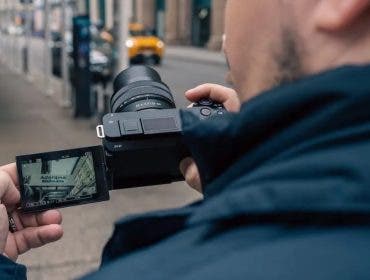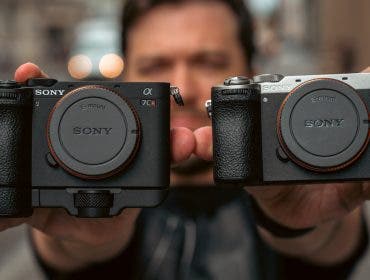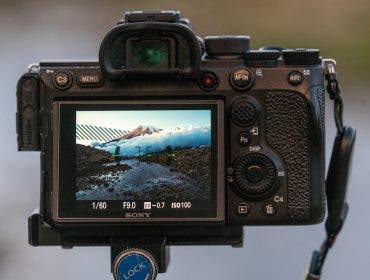One of the most overlooked aspects of creating and composing photos is the camera angle relative to the subject. We often hold our cameras wherever it is most comfortable for us, usually at eye level, whether we are photographing a landscape or a portrait. We rarely consider how the relative angle will affect the way our viewer perceives our subject. Much in the way composition in general affects the balance and feel of the photo, the angle of the camera can give the viewer a feeling of dominance or make them feel in awe of the subject.
While I will touch on areas such as landscape and still life, this article will mostly focus on portrait photography and how using a high angle shot will help us create a certain feeling in our images. I will also touch on some things to generally avoid when learning to master the high angle shot.
What is a High Angle Shot?
For the purpose of this article, I will define “high angle” as any photo in which the photographer must tilt the camera down to capture the intended composition. A common example would be photographing a bowl of soup from the point of view of the diner. This is a common way to make a dish more appealing and attract the attention of a foodie.
Even a slight tilt down would qualify by my definition, but let’s focus on some more extreme or exaggerated examples here…
Examples of High Angle Shots
Photographing an ant hill to show the waves of ants coming and going, or shooting down at a puppy who holds their toy waiting for you to play catch, are great examples. When we look at these examples, we can see pretty clear reasons to choose the high-angle approach. With the ants, not only does it help tell the story of the industrious insects, it also shows how tiny they are compared to us.
Of course, you can also photograph the large Times Square crowds on New Year’s Eve from atop a building for the same effect. Being high above and shooting down gives the viewer dominance.
Thinking of our puppy example, and also the soup, we are putting the situation in perspective. A puppy is something we think of as small and it feels right to be looking from above. Of course, this point of view can also distort the subject’s size and focus the viewer on a specific aspect of the subject, such as big puppy-dog eyes. We can also use this dominant viewpoint to take away power from a subject that typically may dominate, making them feel small and less powerful.
Keep in mind that light typically falls from above, so having our subject look up a bit can also create a more even skin tone and create a softer, more approachable look in portraits.
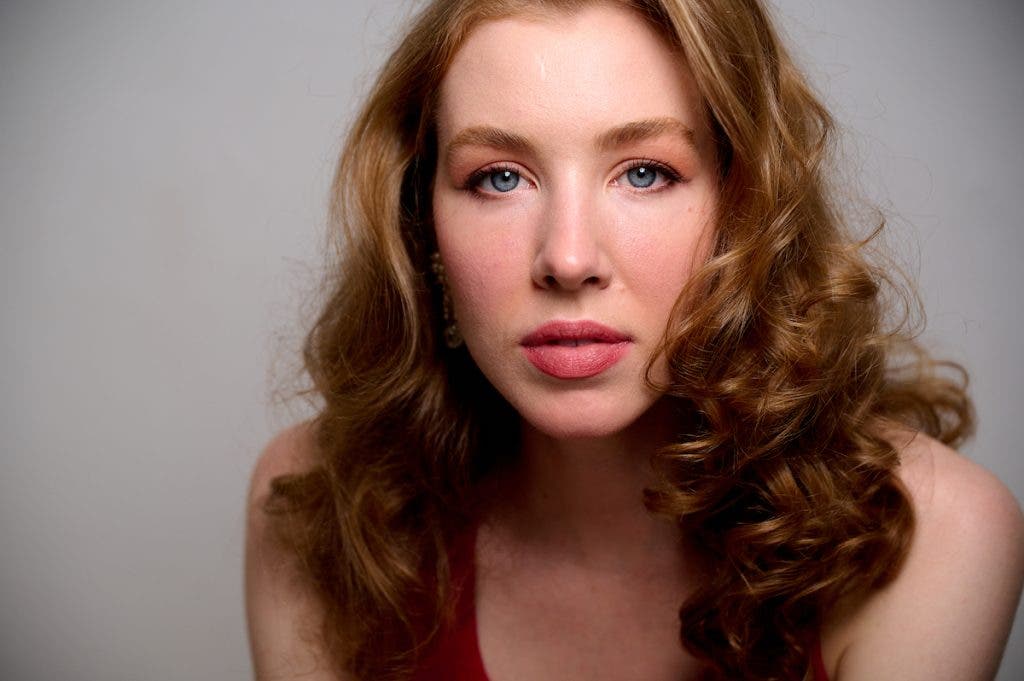
Best Lenses for a High Angle Shot
One thing we want to consider when we are composing high-angle shots is lens choice. If we are aiming for the least amount of distortion, I have found using a standard to short telephoto lens for a headshot or ¾ shot portrait works best.
One reason for this is wide-angle lenses have the least amount of edge distortion when the lens is kept level. Although, by tilting the lens, we are inviting the possibility this may occur. As any tilt dramatically changes the composition, very long lenses might not be ideal and will often require a fairly high angle to create the effect we want to achieve.
Typically I recommend a mid-range for versatility: for example, the Nikon NIKKOR Z 24-120mm f/4 S Lens zoomed between 50-100mm.
For food and still life, I would stick with 50mm as this is considered the “normal” point of view, which is ideal for those subjects. Aerial or “shoot down” type scenes tend to be really good for the wide end of the spectrum — as long as the camera can be kept relatively level.
Beyond focal length, we want to consider a couple of things when choosing our gear for high-angle photos. First of all, as noted, any tilt of the lens can bring about edge distortions, especially in wider lenses. If high (or low) angle shots are something you like to create, seek out lenses that have minimal edge distortion and generally are sharp edge to edge. You might be thinking, “Wouldn’t I always want that?” Some photographers do. I personally like some of my portrait lenses to be sharp in the middle and less so at the edges — just not for high-angle work.
How to Take a High Angle Shot
When considering high-angle portraits, we want to be aware of many factors. The first is how the subject is meant to be viewed. If they are a powerful CEO or General, a high-angle portrait will throw off the viewer’s expectations as they, the viewer, are suddenly dominant. This can be used very successfully as a means of contrast. In a more typical situation, we want to use high angles on people who we want to make appear approachable and friendly.
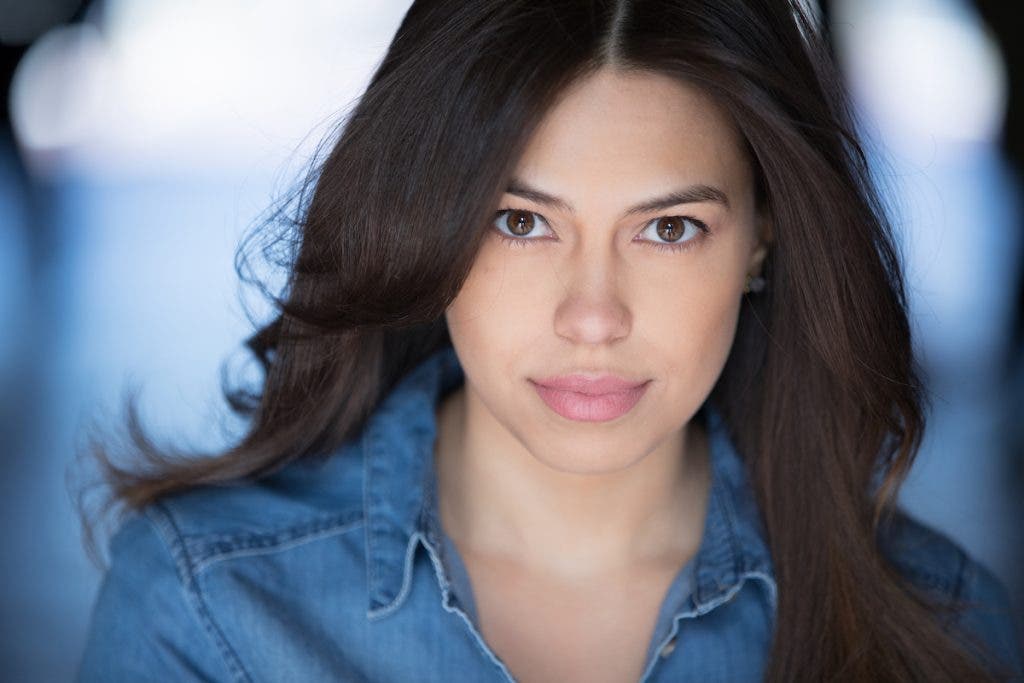
We also want to consider our lighting. Big, soft, gentle light is most common in these types of portraits. This allows the subject to feel approachable on their own terms. If we use dark, shadowy light, we may find the subject feels too submissive or cowed by the viewer.
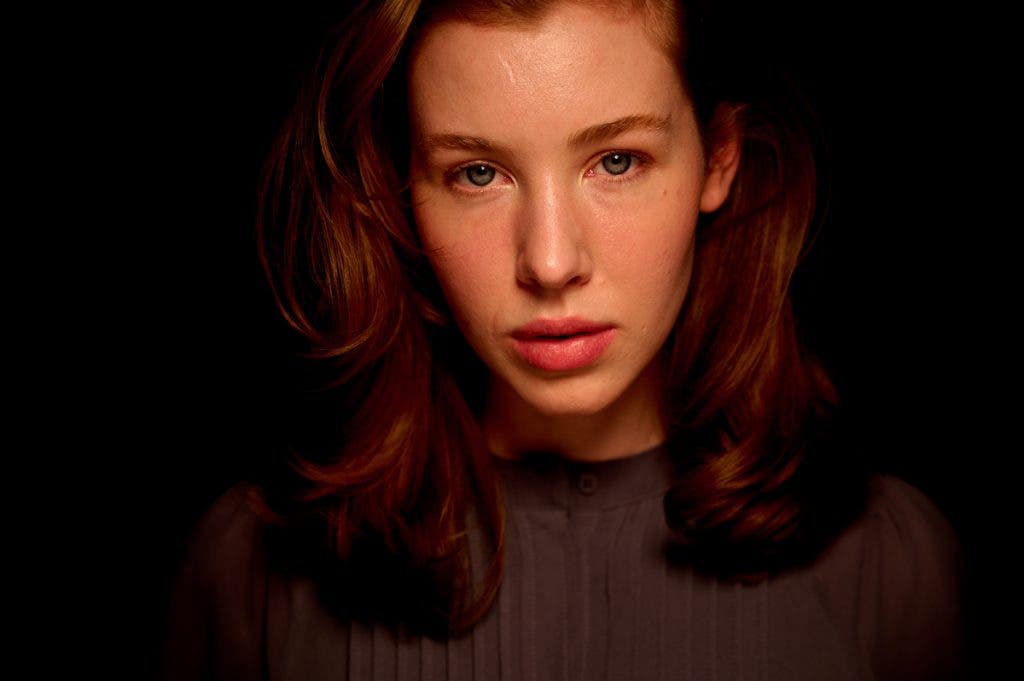
We also want to consider the environment in a different way with high-angle shots. We will often see the ground and possibly not the entire space the subject is in, which can add to the feeling they are trapped by the lens. For a classic portrait or ¾ shot in an environment, try to light the subject evenly. Having them evenly lit will give some sense of the space. Let the subject know your camera will be placed high. They should try to keep their chin up to capture the best possible light.
What to Avoid During a High Angle Shot
While high-angle portraits can make a subject feel more approachable and friendly, there can be too much of a good thing. Here are a few things to avoid:
Don’t Shrink Your Subject
Remember those ants and the crowd in Times Square? The goal there was to empathize, and even exaggerate, the size. What we typically do not want to do in a portrait is make our subject feel too small. The subject of our portrait is just that: the subject. We want to draw attention to them and typically showcase their best qualities and features, making them diminutive is generally counter to that idea.
Broken Neck Syndrome
Broken neck syndrome is when the photographer places the camera so high the subject has to rack their neck just to look up at the camera. While this might be cute for a puppy, it simply looks uncomfortable to the viewer and rarely makes a human subject seem at ease in the photo.
Also, make sure your subject is not racking their neck, and therefore creating a portrait of the top of their head. This, again, feels awkward and not at all like a flattering portrait. While eye contact is not always needed to make a strong portrait, creating a composition that seems to call for eye contact but falls short is something to avoid.
Don’t Get Too Close
One final thing to avoid is being too close for comfort. I’m not sure what it is about high angle shots that seem to draw photographers into super tight compositions. This is not on the surface a thing to always avoid, but when the angle is high and the framing is super tight, the chance of your subject feeling uncomfortable is dramatically increased. Unless you are taking a beauty portrait, try to give the subject some room to breathe in your high angle portraits.

Conclusion
As photographers, it is important for us to consider the angle of the camera relative to our subjects. This not only allows us to avoid problems in our composition but also to enhance those compositions with the correct choices to truly accentuate our subject and the story we feel while making the photos. Do we want our subjects to feel friendly, or perhaps we want to showcase their openness or deemphasize their power? A high angle can help us do just that. By choosing the right lens, composing images carefully to show the environment or context of the image, and avoiding some common mistakes, you can master high angle shots hat will take your photography to the next level.
